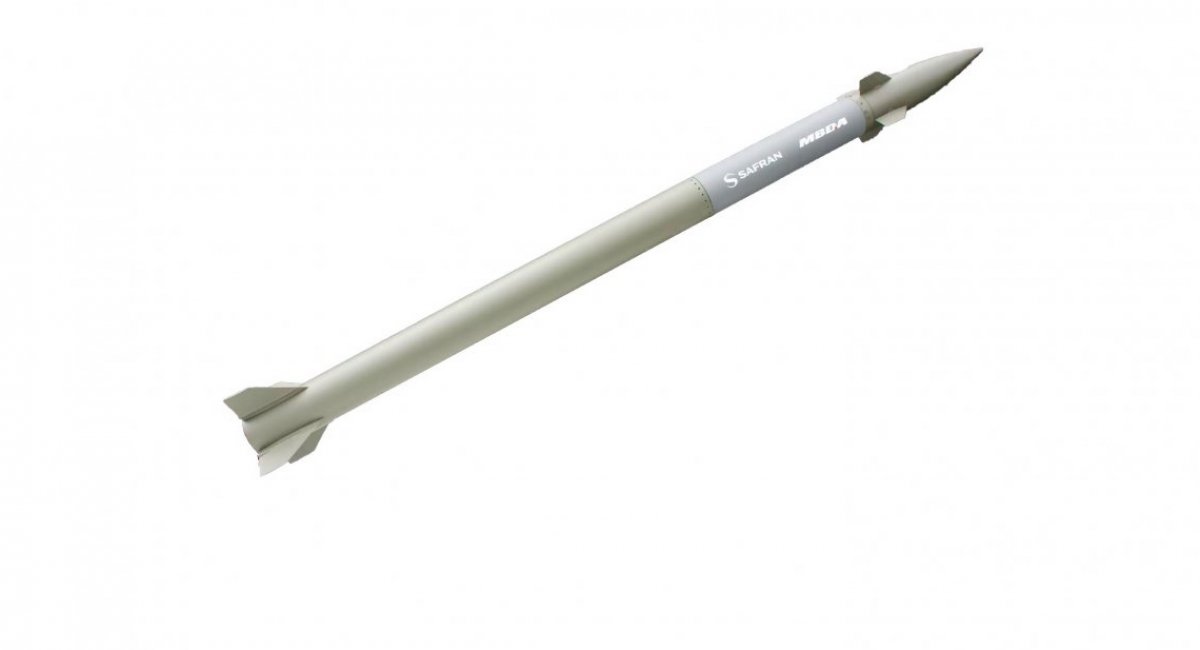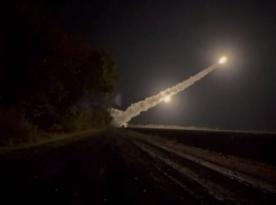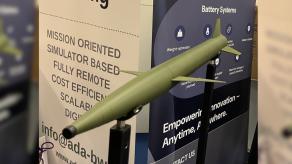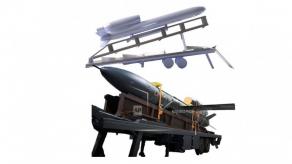France is trying to rapidly create its owncounterpart to the HIMARS long-rangeprecision rocket system, which requires notonly a launcher and fire control system, but alsothe munitions themselves. Safran and MBDA are actively working on this task by developingthe Thundart guided artillery rocket.
Thismunition is expected to have a firing range ofup to 150 km, matching the capabilities ofLockheed Martin’s Extended-Range GMLRS (ER GMLRS) rockets launched by HIMARS, as well as comparable precision and power. Work on it began in November 2024, with thegoal of minimizing development time, according to EDR Magazine, which spoke withcompany representatives at the Paris Air Showin Le Bourget.
Read more: The Netherlands Deliver 100 Counter UAV Radars, Unmanned CASEVAC Vehicles and More to Ukraine
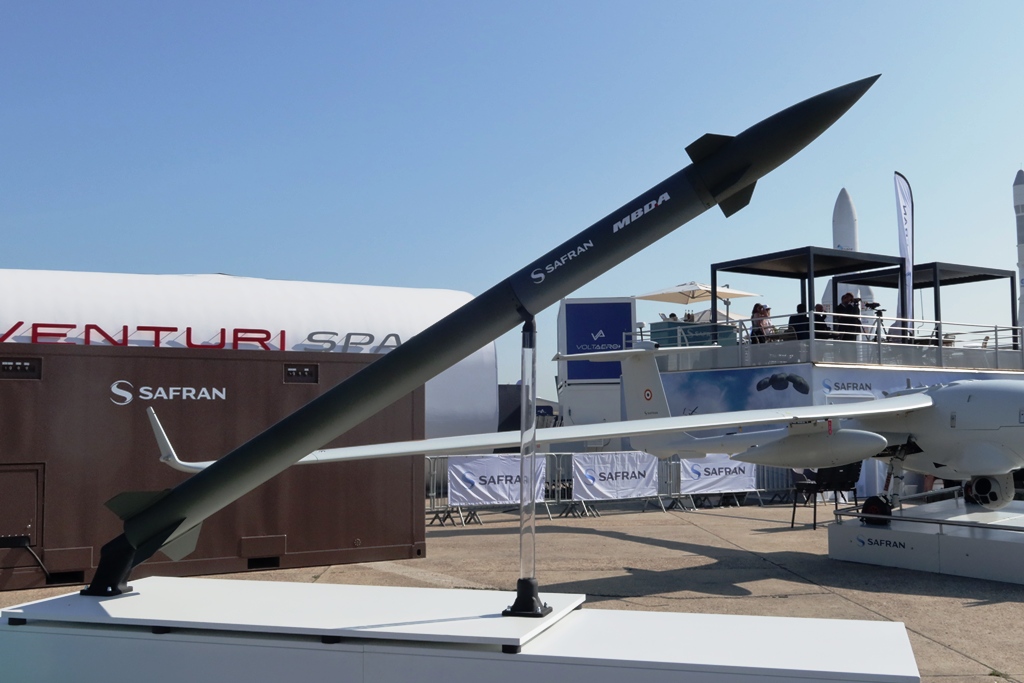
In this joint project, MBDA is responsible forThundart’s propulsion, thanks to Roxel, whichbecame a wholly owned subsidiary of the groupearlier this year. Roxel was previously involvedin producing solid-propellant rocket motors forthe GMLRS. MBDA is also in charge of thewarhead, using developments it had earlieroffered—unsuccessfully—for the GMLRS. These earlier designs will now be repurposed.
Safran, for its part, is responsible for theguidance system. To save time as well as speedup development, it is not starting from scratchbut using an already mass-produced systemused in the long-range precision-guided bombAASM Hammer, currently in use by theUkrainian Armed Forces. Safran is alsodeveloping the AASM Hammer XLR, whichwill have a range of over 140 km.
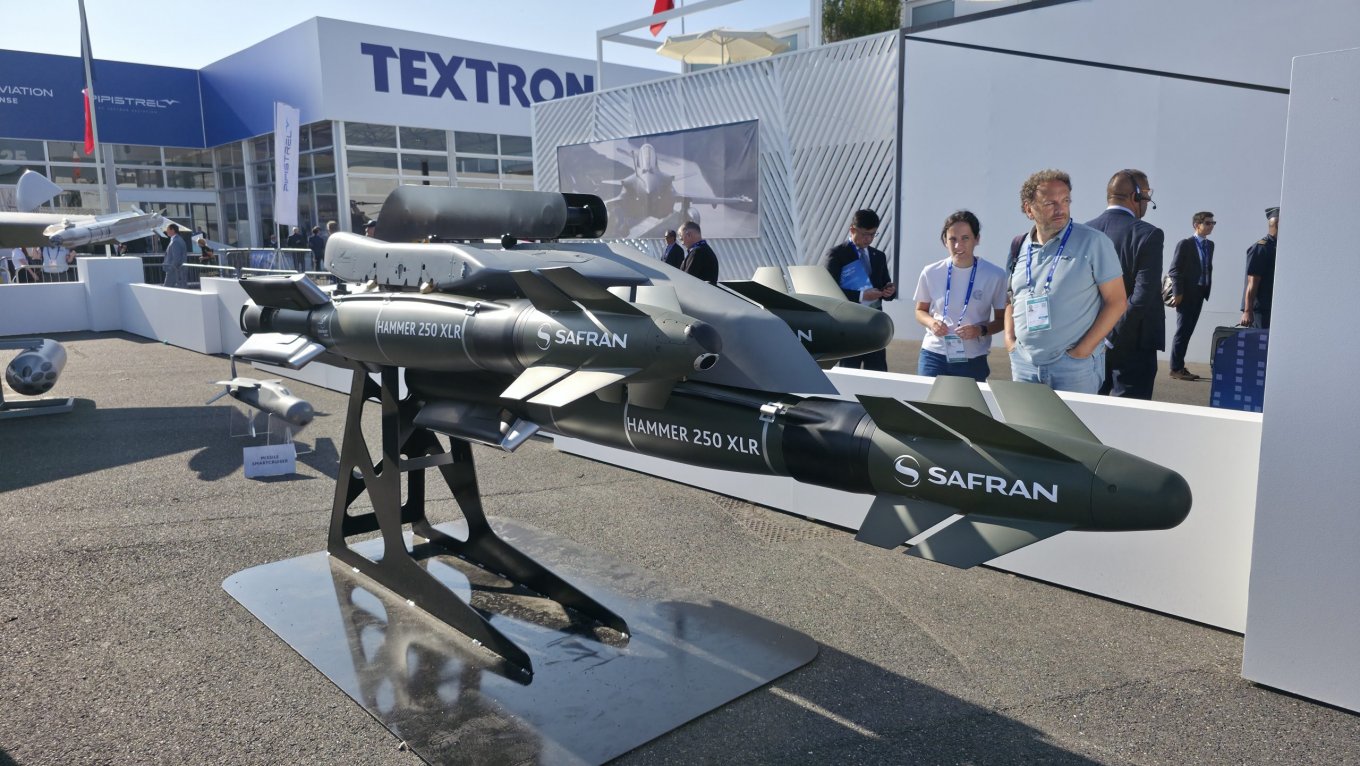
Speed and low cost have been made toppriorities for the Thundart project. Interestingly, the cost benchmark is not the ER GMLRS, butthe standard GMLRS rocket with a range of 70 km. The goal is for the new French missile—with over twice the range—to be cheaper.
As for timelines, the initial design phase is set to finish by October 2025, with the first live-fire tests scheduled for April 2026. At that point, the French Ministry of Defense will choose which system to put into serial production. It turns out that Safran and MBDA are in direct competition with Turgis and Gaillard Group, which is developing the Foudremultiple rocket launcher system, proposing to use Indian-made Pinaka Mk2 214 mm guided rockets in the short term. Safran and MBDA also plan to create their own launcher, based on an 8x8 chassis, with two pods containing six standard rockets for a total of 12 rockets—more akin to South Korea’s K239 Chunmoo or the joint GMARS system by Lockheed Martin and Rheinmetall.
The full Thundart program is planned to run through 2030, when the first 13 systems are expected to be delivered in the first year. Currently, only 26 systems are planned, though there have been repeated proposals to increase that number.
In parallel, France’s DGA (Directorate General of Armaments) has laid out projected missile production figures: by 2030, annual output should reach 50 to 100 missiles.
Read more: UK to Produce Ukrainian UAVs for the War Against russia




